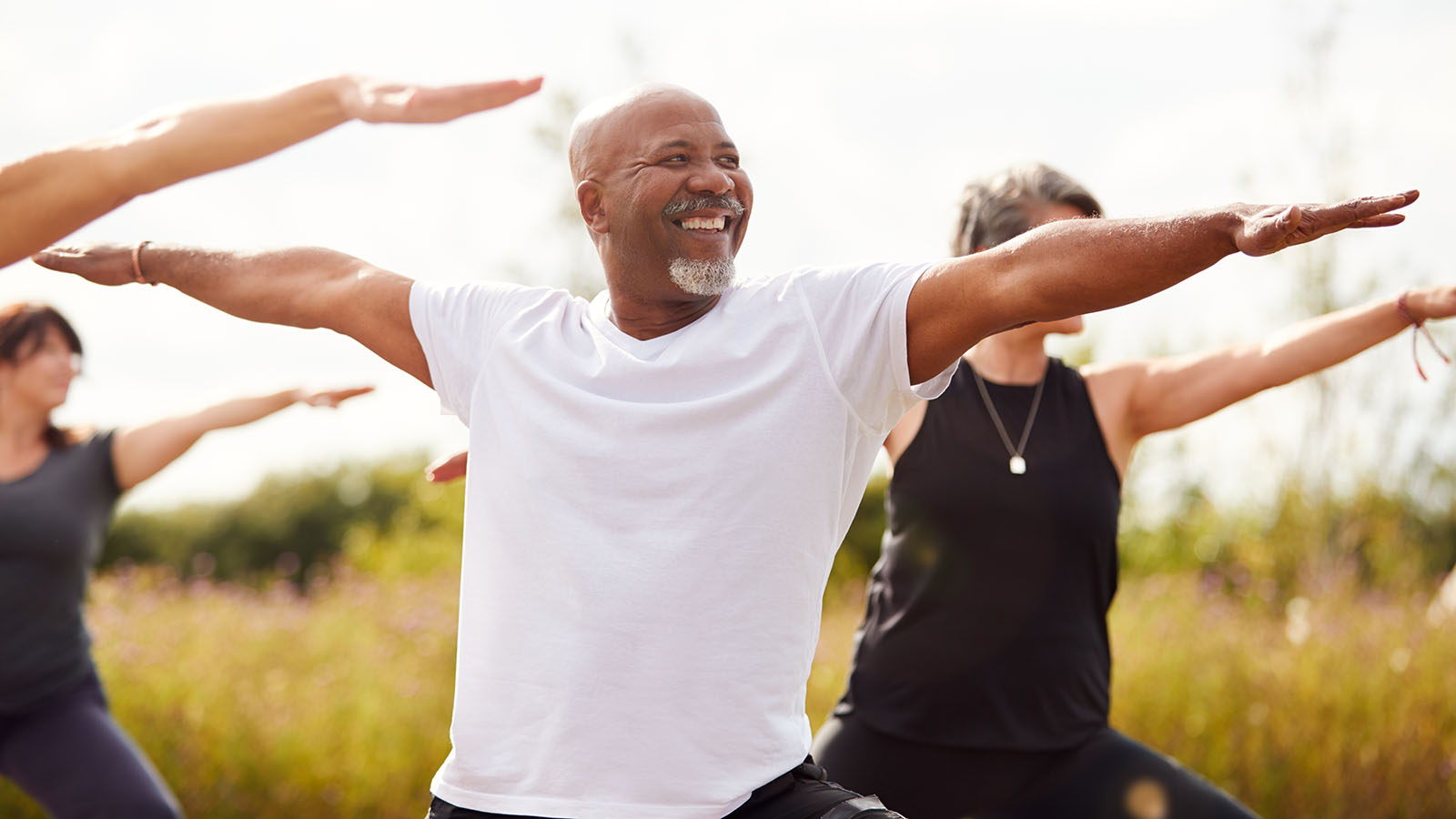Get Relief From Painful Varicose Veins This Summer
For people who have varicose veins, especially women, the season to wear shorts and swimsuits can bring pain and embarrassment. Get a leg up on pain relief with these tips.
By Rajeev Marreddy, DO, FACC, FSCAI, RPVI Interventional Cardiologist—Virtua Cardiology
Summertime means shedding layers and having some fun in the sun. But for people who have varicose veins, especially women, the season to wear shorts, swimsuits, and flip-flops can bring pain and embarrassment.
Varicose veins are twisted, enlarged blood vessels in the legs and feet that bulge just below the surface of the skin. They occur when faulty valves in the veins allow blood to pool or flow in the wrong direction.
Women get varicose veins more often than men. Other risk factors include being over age 50, menopause, pregnancy, obesity, family history, and having a job that requires standing for long periods.
People often are more self-conscious about varicose veins in the summertime because they can be unsightly—blue or purple, twisted, and/or engorged. They also can be extremely painful, ultimately progressing to bleeding, thrombophlebitis (an inflammatory condition), or chronic venous insufficiency (when varicose veins prevent blood from flowing back up to the heart).
Some people also experience spider veins in the affected area, as well as venous eczema (itching due to fluid build up in the area) and leg cramps.
Get a leg up on your pain this summer
Here are a few tips that can help provide relief from painful varicose veins:
- Exercise. Movement stimulates the calf muscle to act as a pump and help keep blood flowing properly. Walking is a great, easy choice.
- Maintain a healthy weight. Combining a sensible, nutritious eating plan and moderate exercise can help you achieve a healthy weight.
- Avoid standing for extended periods.
- Rest and elevate your legs. Prop your legs at a 45-degree angle above your heart for 15 to 20 minutes several times a day. This encourages blood to flow from your legs toward your heart and eases swelling.
- Eat a heart-healthy, low-sodium diet. Cut down on eating salty foods like canned soups and deli meats to reduce water retention.
- Stay hydrated. Try to drink at least a half ounce of water for each pound you weigh. If you weigh 150 pounds, you should aim to drink a minimum of 75 ounces of fluids per day.
- Avoid tight or restrictive clothing.
- Wear compression stockings. Before moving on to other treatments, try wearing compression stockings all day first. Compression stockings steadily squeeze your legs, helping veins and leg muscles move blood more efficiently. The amount of compression varies by type and brand.
Treatment improves appearance and relieves pain
For many people, medical procedures can help with varicose veins and make them less noticeable. This includes:
- Laser/radiofrequency ablation: Radio waves or thermal energy seals and collapses the vein.
- Sclerotherapy: A chemical injected into the vein causes it to fade away.
- Microphlebectomy: Veins are removed through tiny incisions.
Make this your last summer with varicose veins
Varicose veins are easily treated on an outpatient basis. Talk to a vein specialist to discuss your treatment options.
To make an appointment with one of Virtua’s experienced vascular specialists, call 844-932-8444 .
There's So Much More to Explore
Discover expert insights, inspiring stories, health tips, and more by exploring the content below!
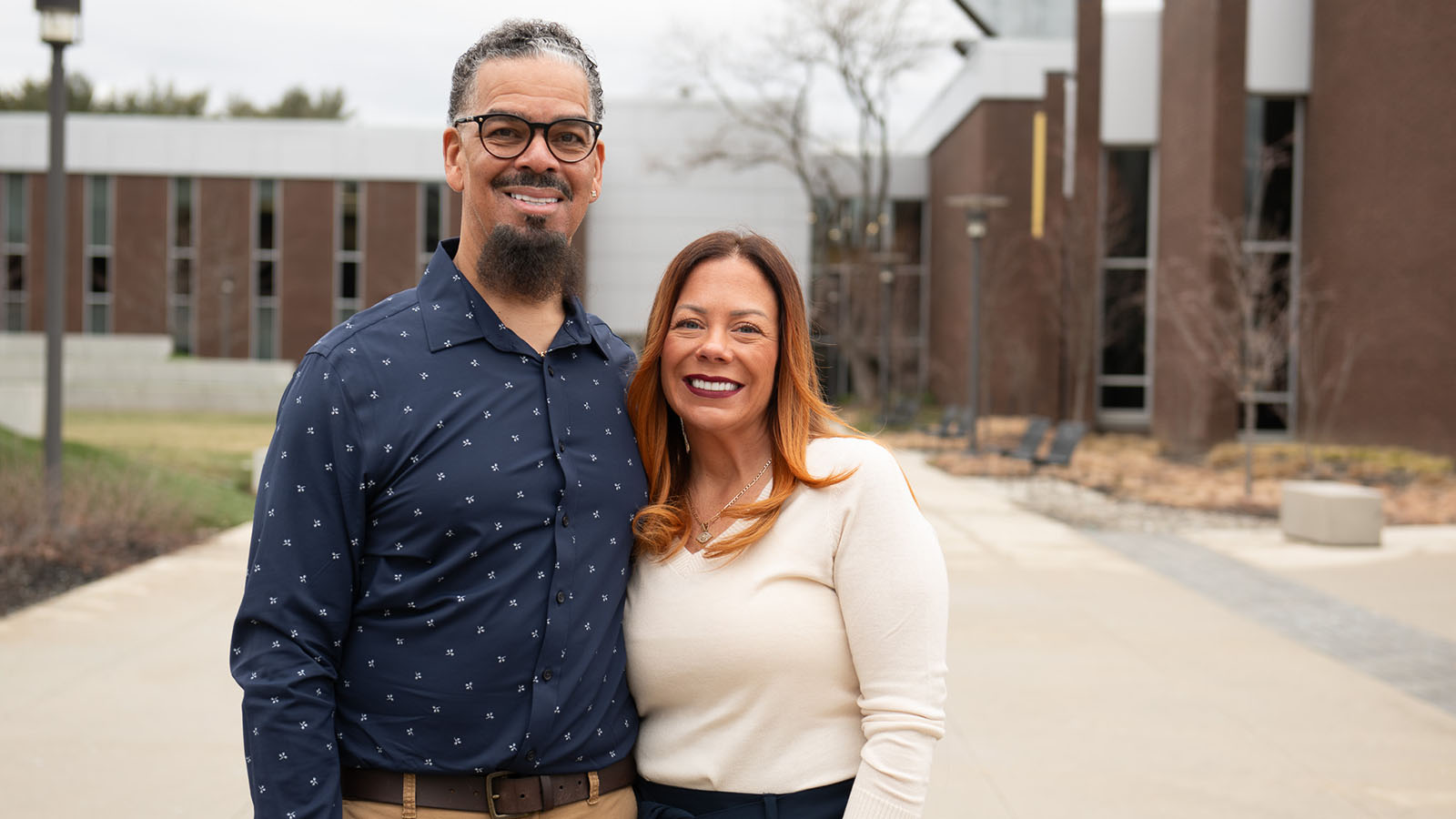
HeartTalk Magazine
Inside Look at Blood Vessels Aids PAD Treatment
Denise Davis: Pay Attention to Your Heart Health
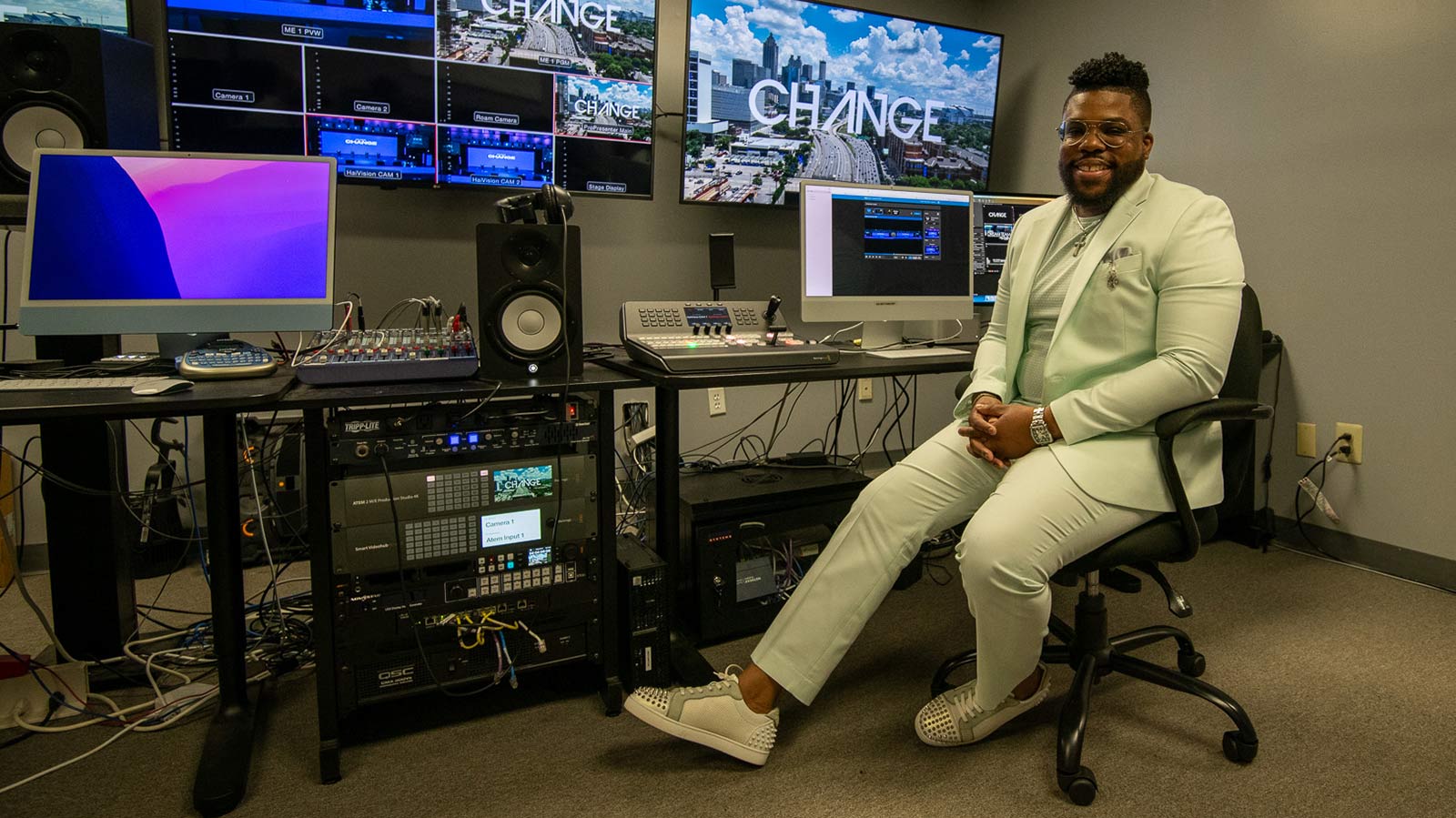
Sweet Music: Trust, Teamwork Save Justin from Heart Attack

Complex Heart Surgery Nets James a Lifelong Friend
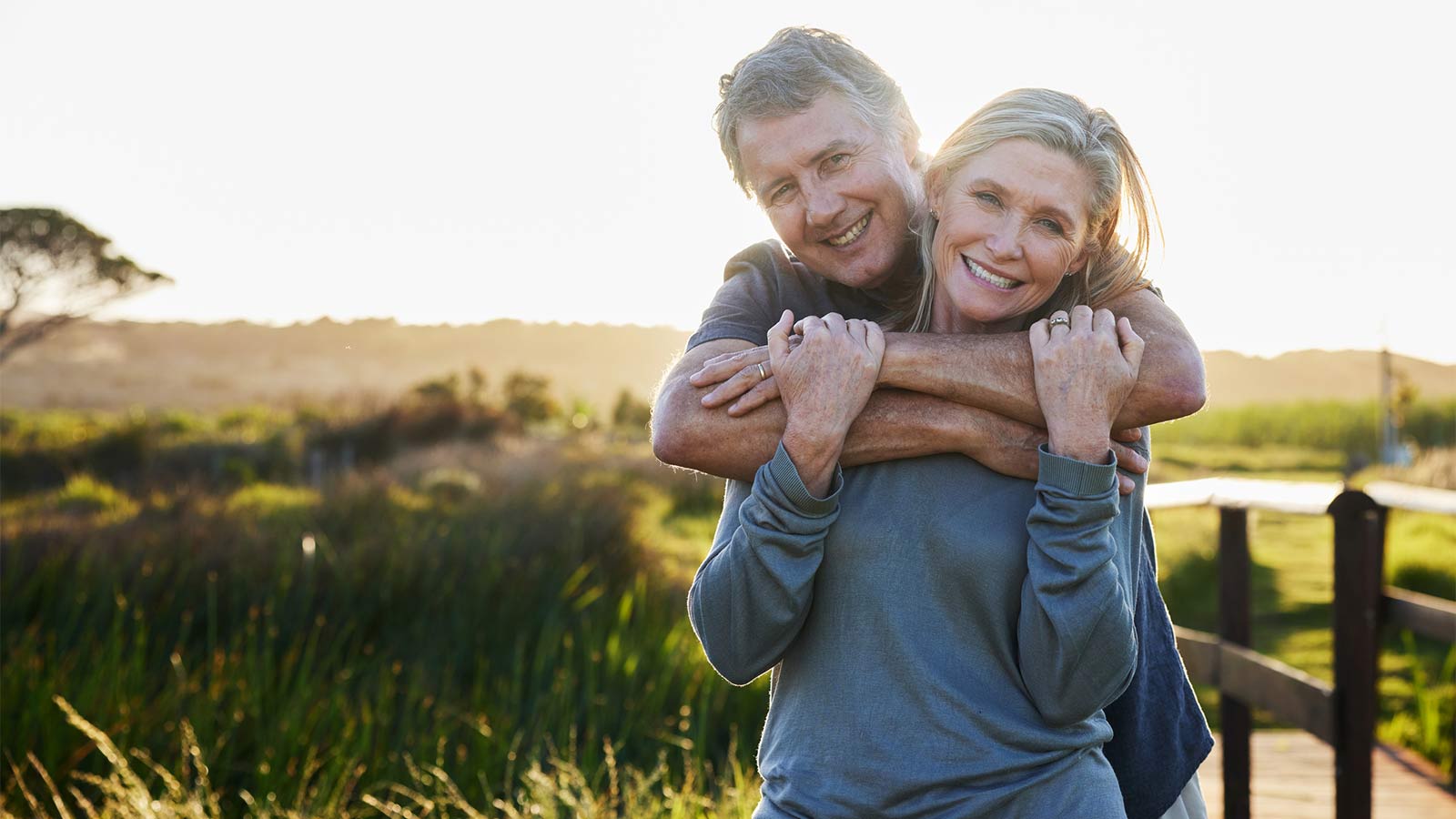
8 Key Steps to Better Blood Pressure Control
Signs You Should Get Treated For Vein Problems
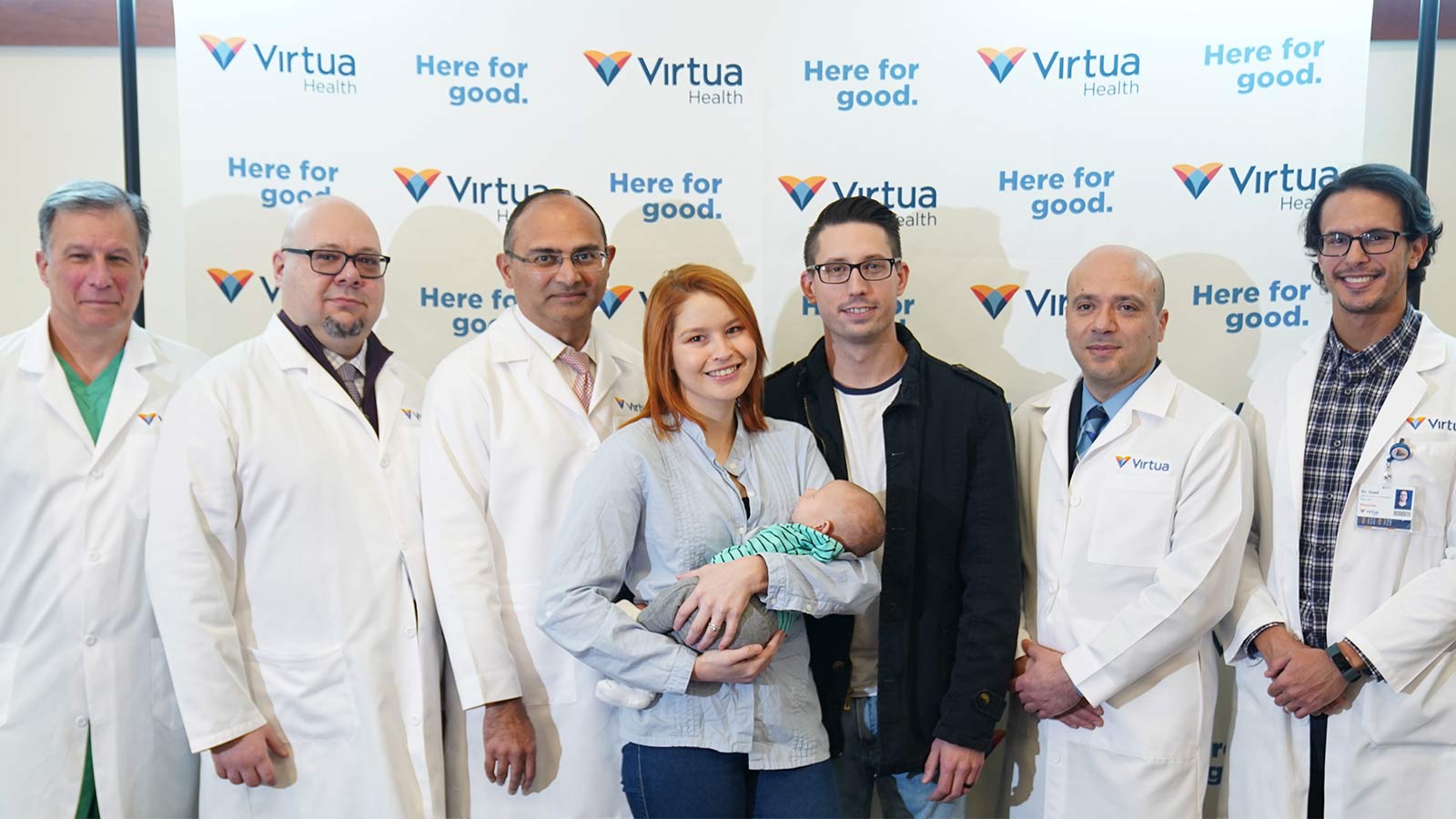
One New Heart Valve Saves Two Lives in the Tritten Family
What You Need to Know About Heart Failure
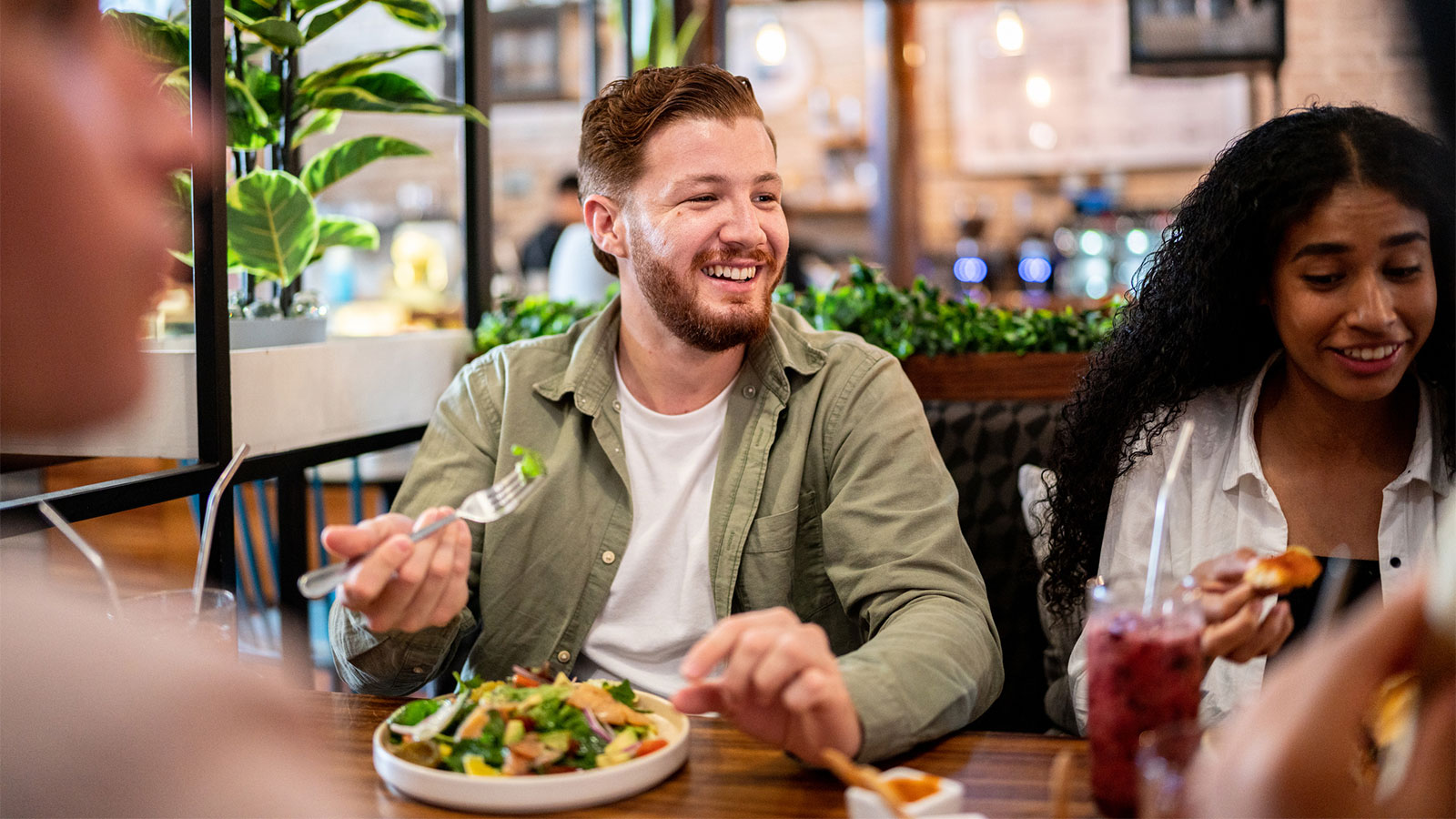
6 Numbers Key to Keeping Your Heart Healthy
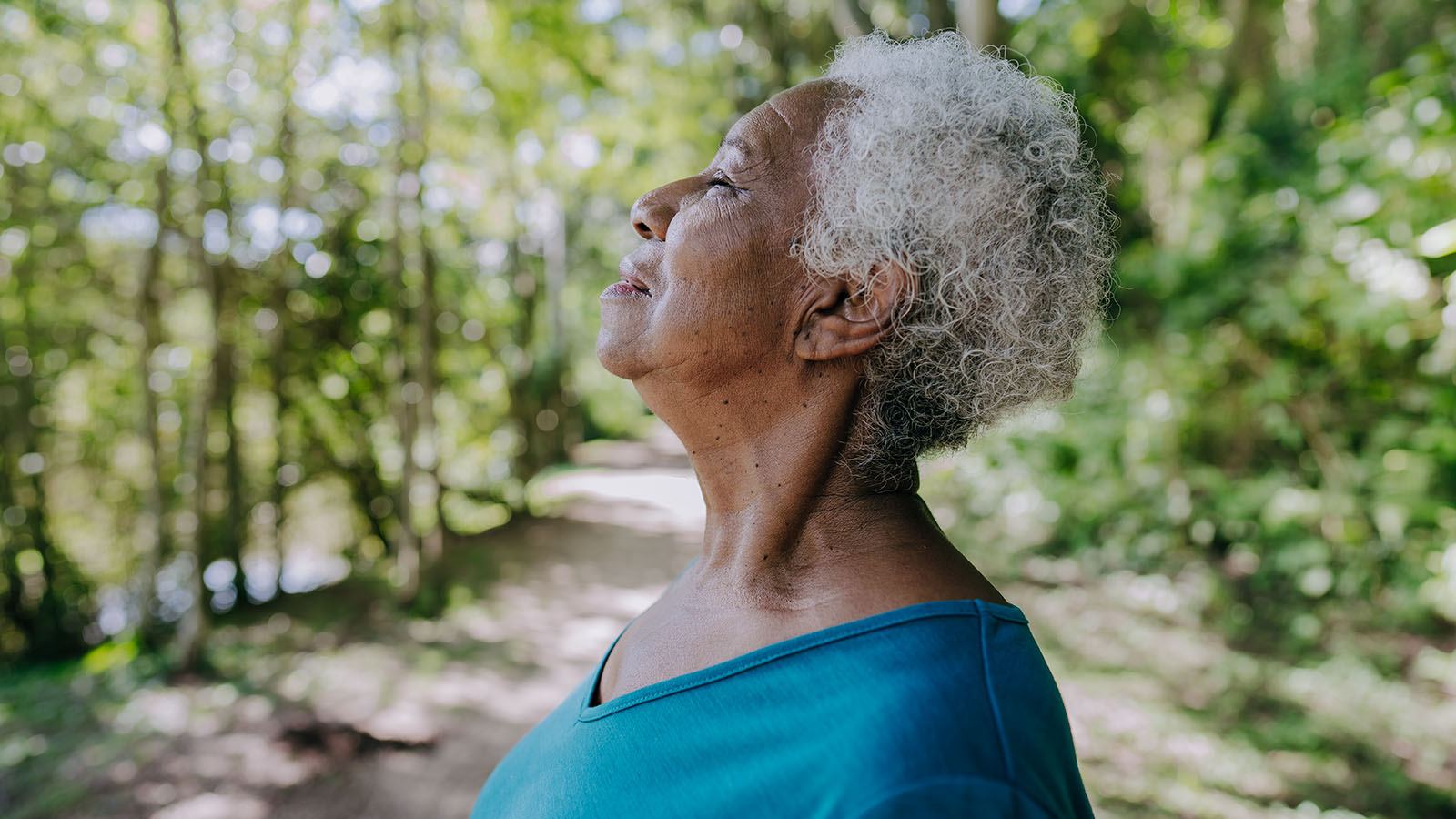
Five Mindfulness Tips That Can Help Heal Your Heart
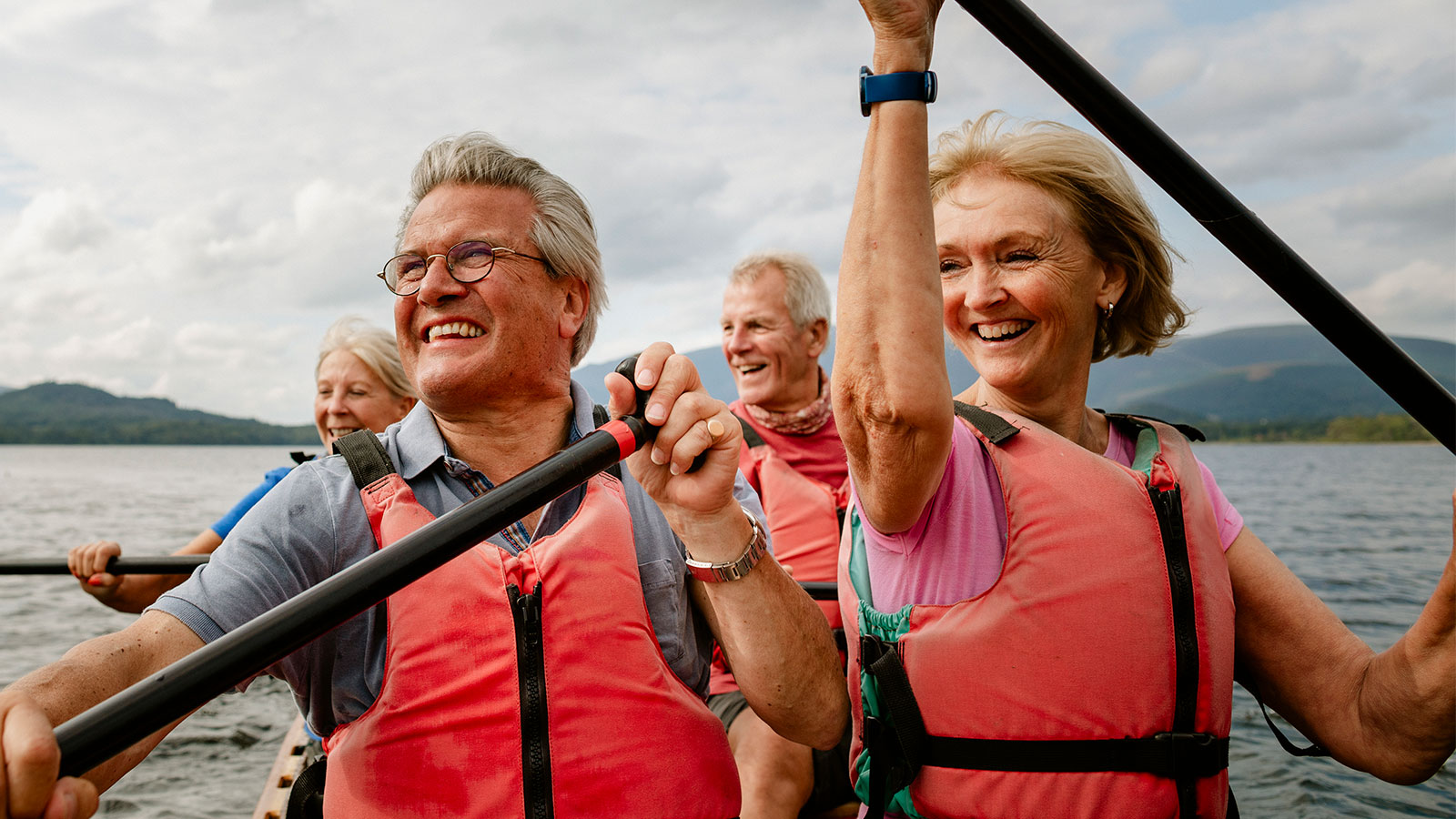
Watchman Heart Device: a Technological Breakthrough for Blood Clot Prevention
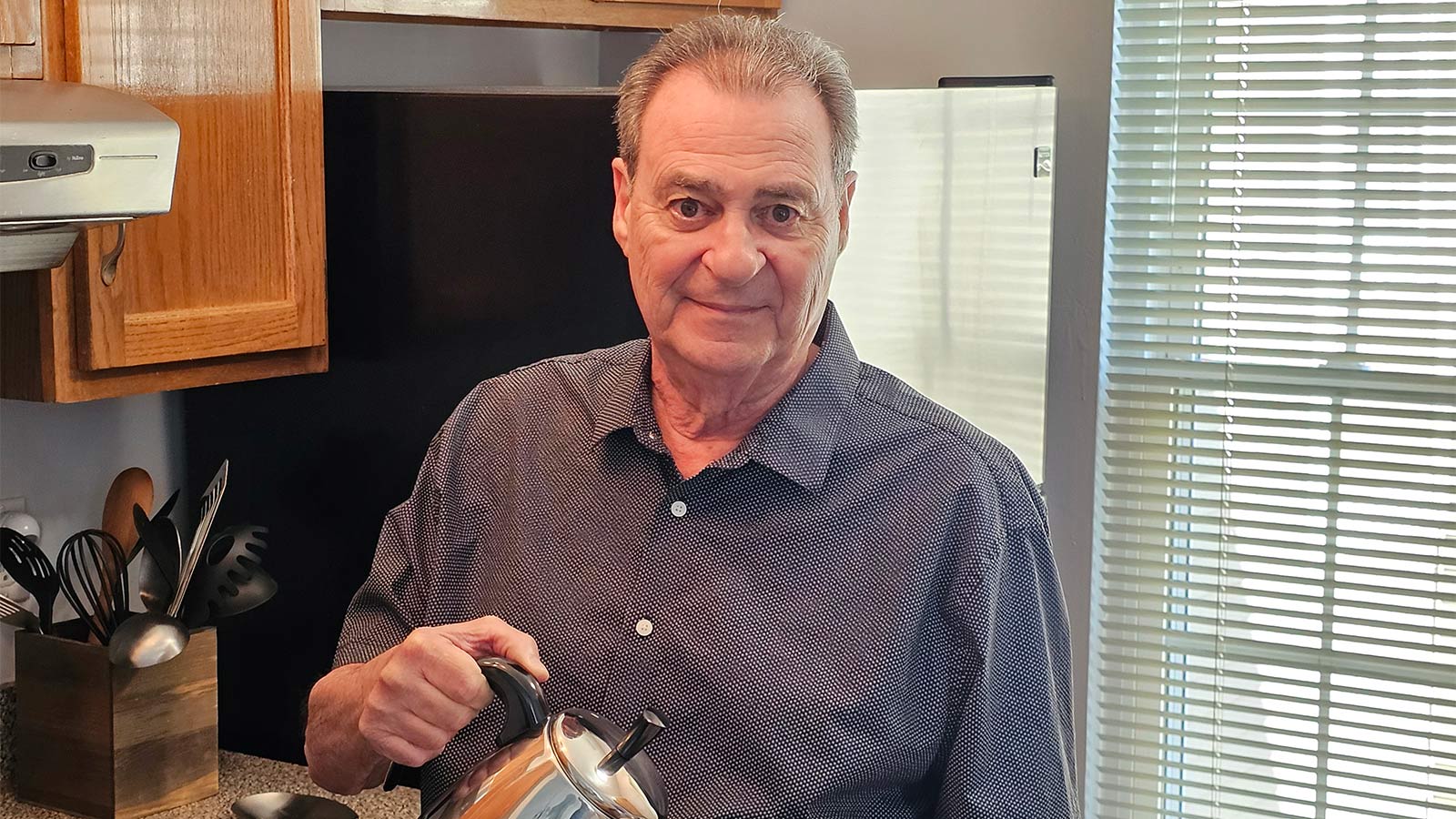
Albert's Emergency Cardiac Surgery Is a 'Story of a Lifetime'

Love Your Heart: Essential Care Tips for Every Stage of Life
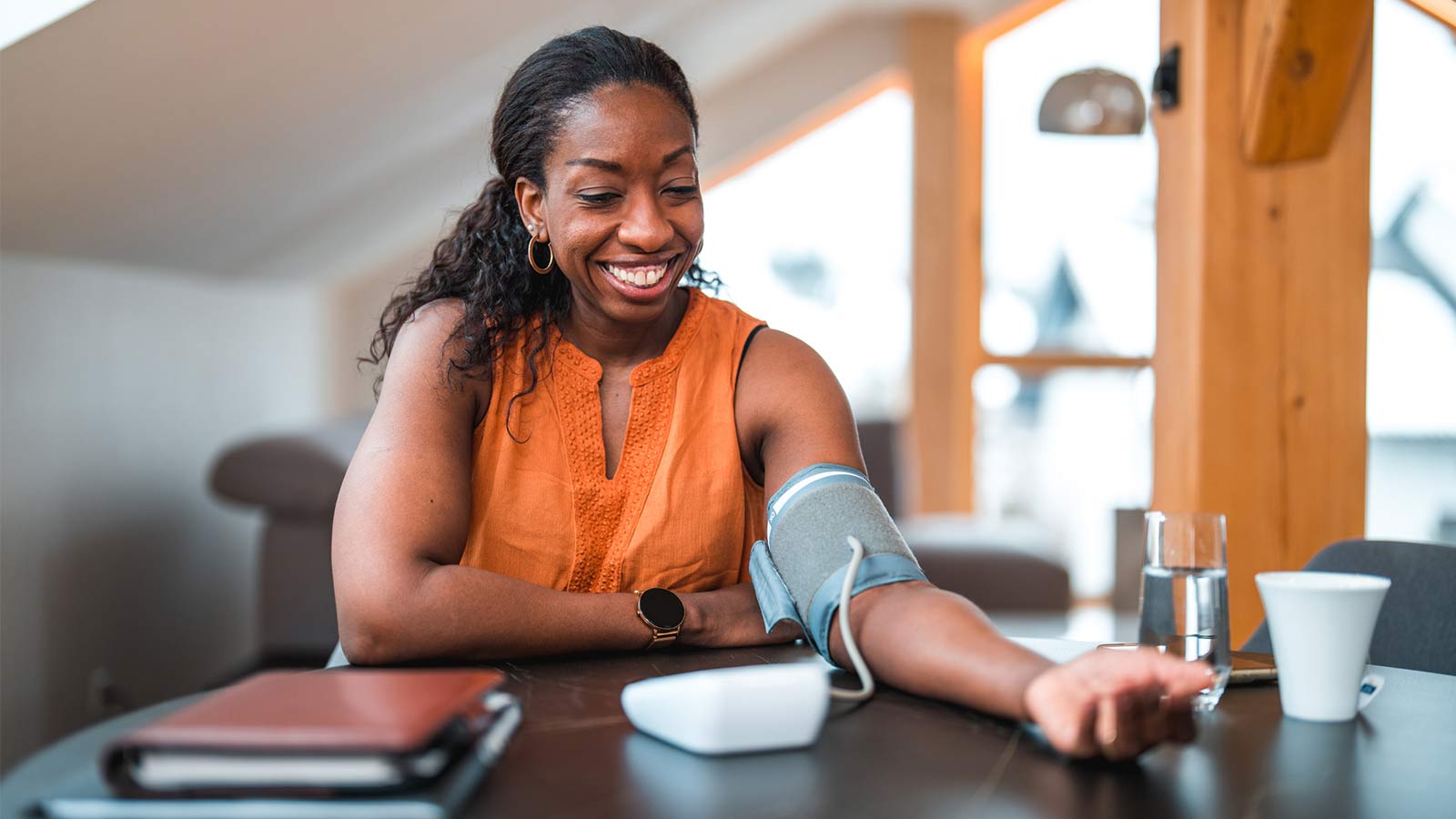
How Do I Measure My Blood Pressure at Home?

How Do I Improve My Cholesterol Levels?
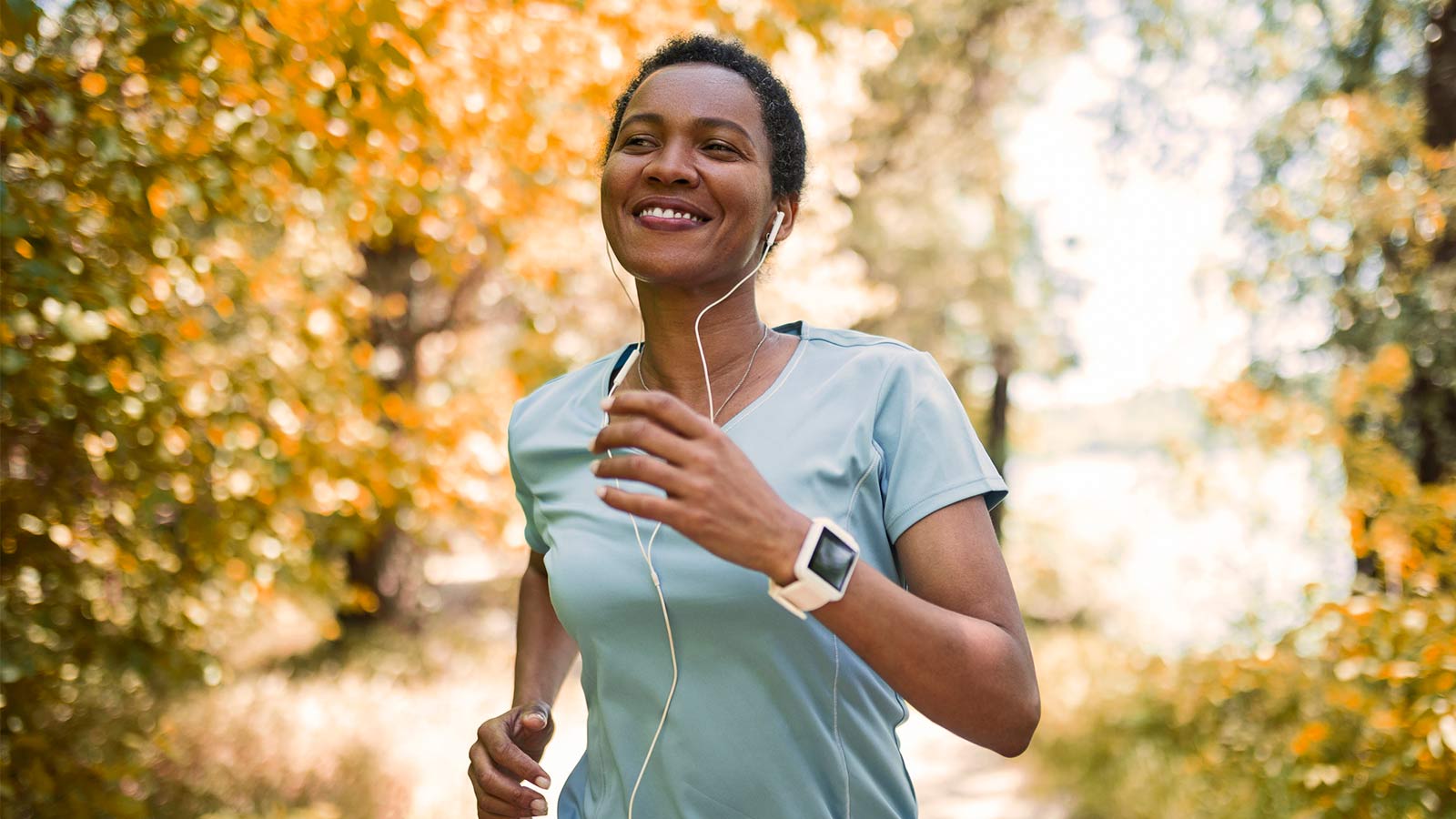
3 Ways to Reduce Your Stroke Risk

How the Unique Stages of a Womans Heart Affect Her Health

Can Your Gut Health Affect Your Heart?
Advanced Heart Failure Therapies Get Bernadine Back to Full Speed
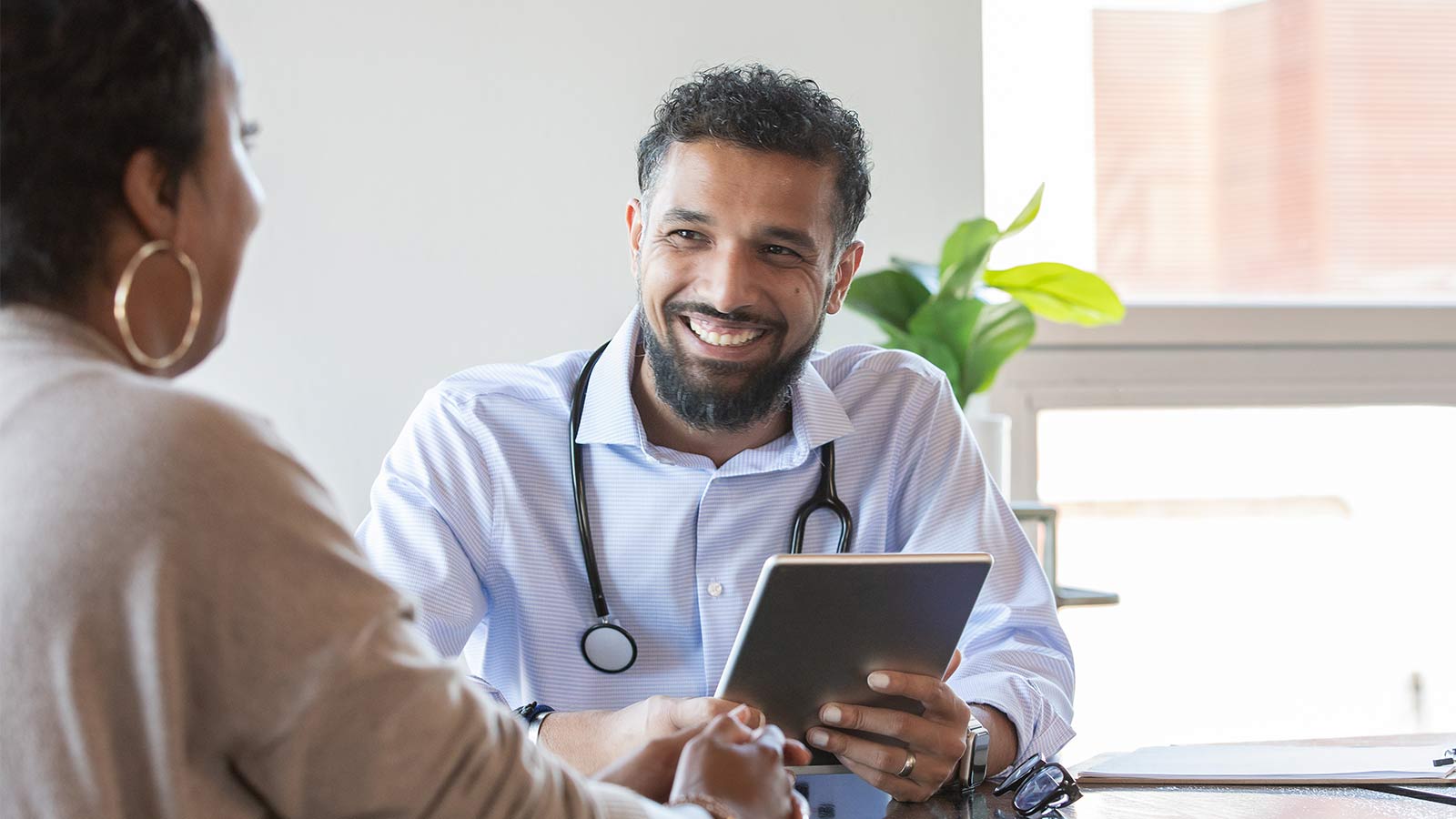
Keeping the Beat: Advanced Heart Surgery for Aortic Aneurysm
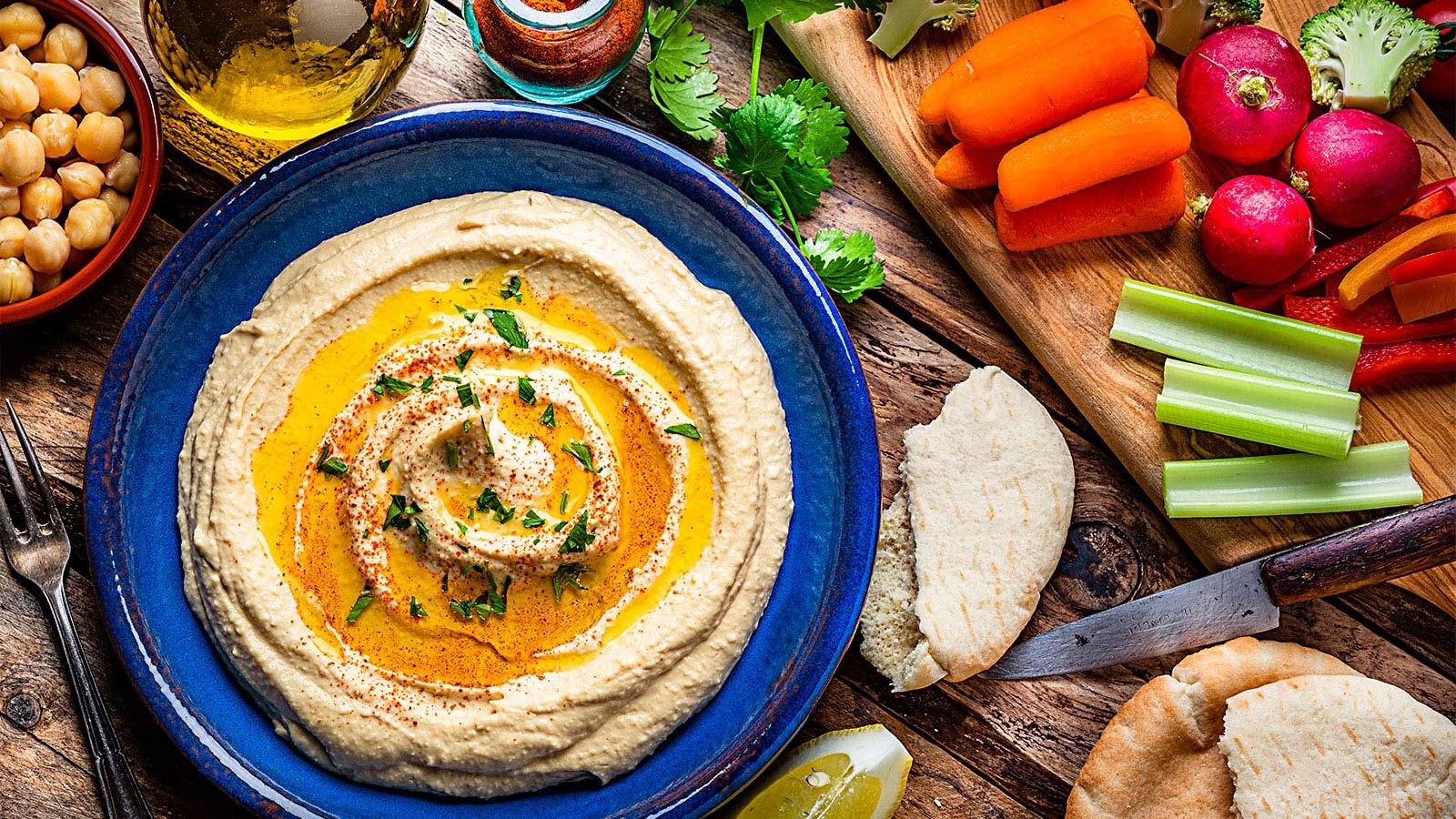
Heart-Healthy Summer Recipe: Hummus and Veggies

4 Delicious Heart-Healthy Recipes Perfect for Summer

Heart Healthy Summer Recipe: Dessert Parfait
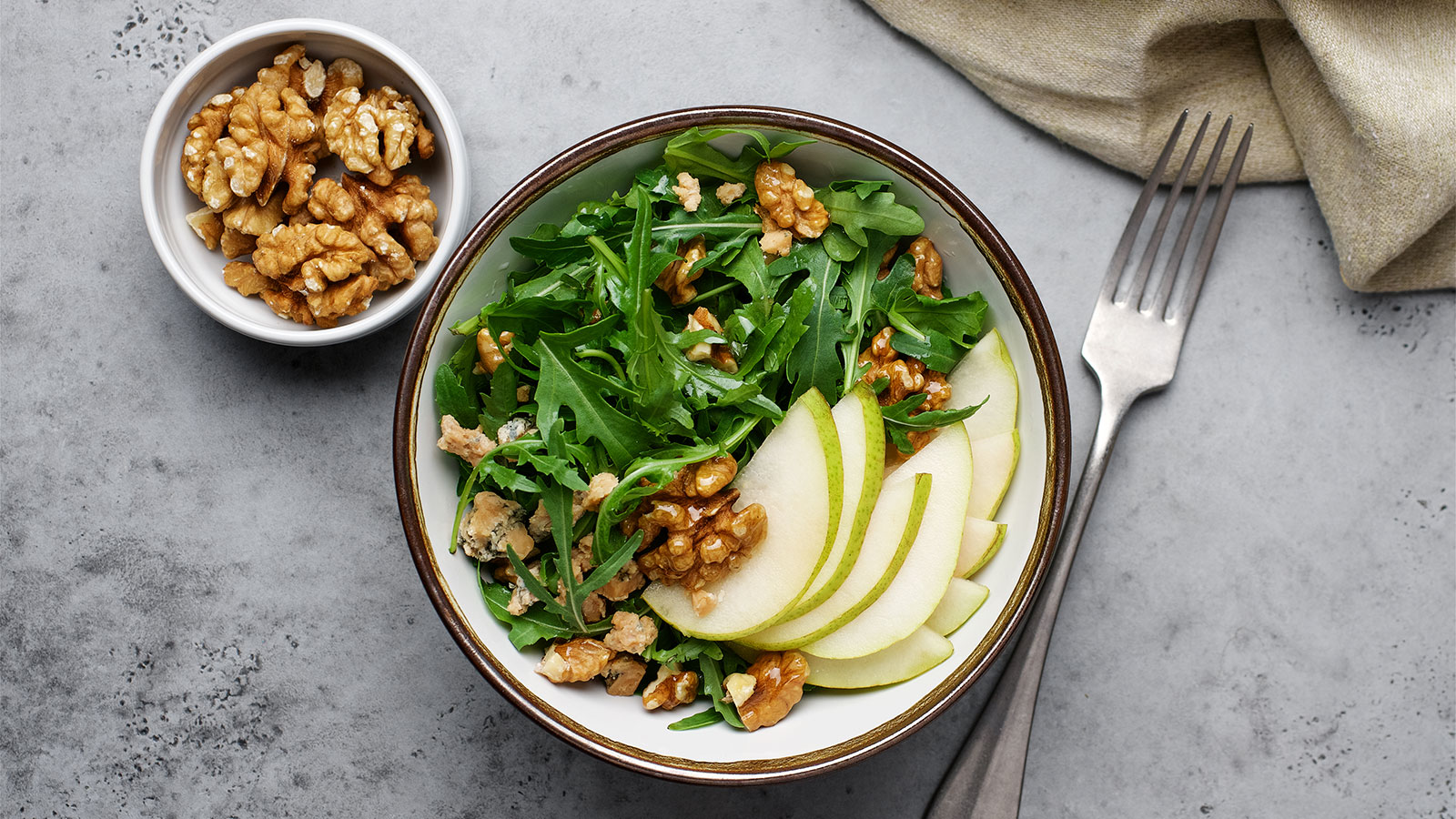
Heart-Healthy Summer Recipe: Pear and Walnut Salad
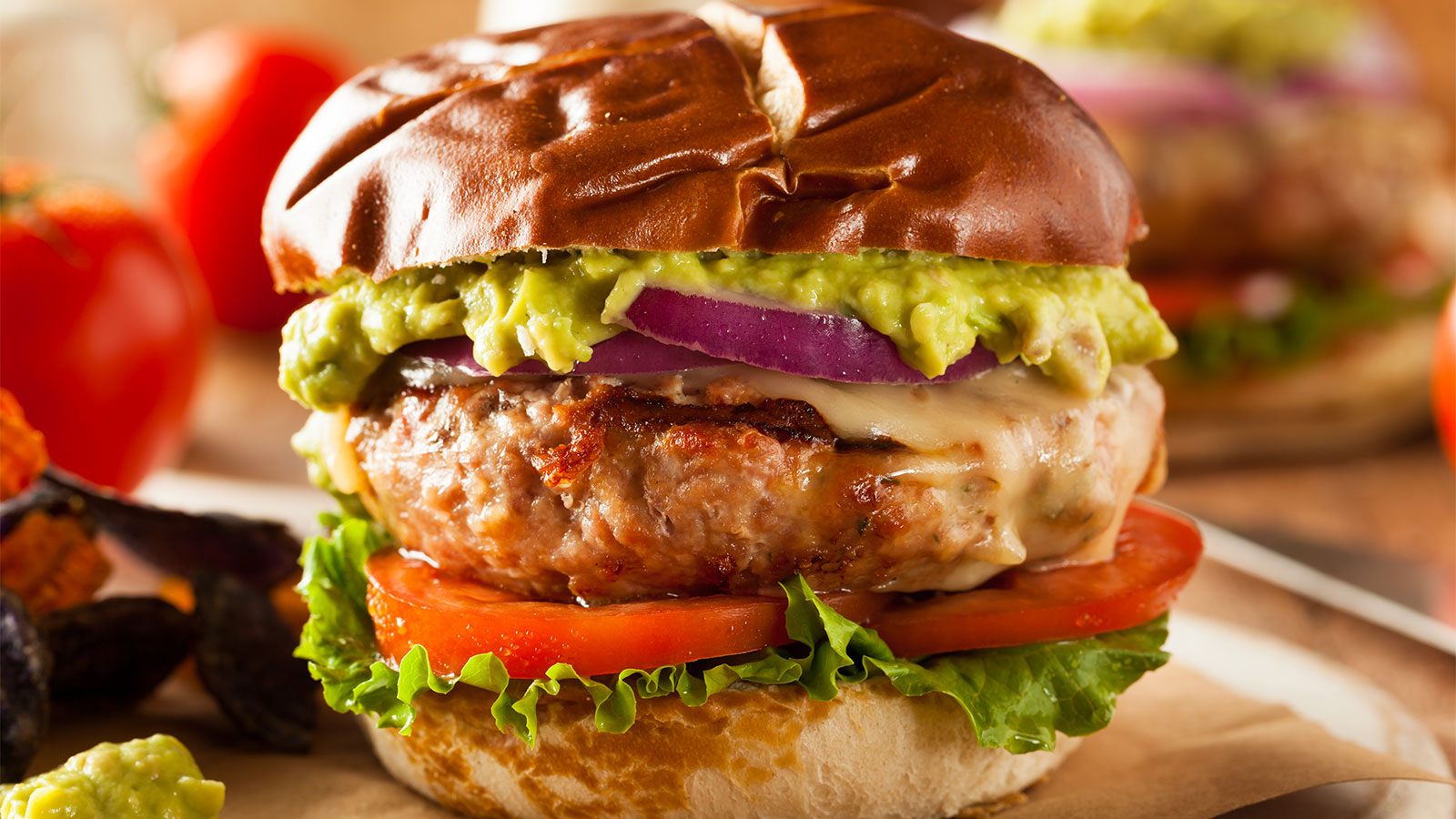
Heart-Healthy Summer Recipe: Terrific Turkey Burgers
Atrial Fibrillation and Stroke: What's the Connection?
Heart Tests Your Doctor May Order
Managing Pregnancy for Mothers With Heart Conditions
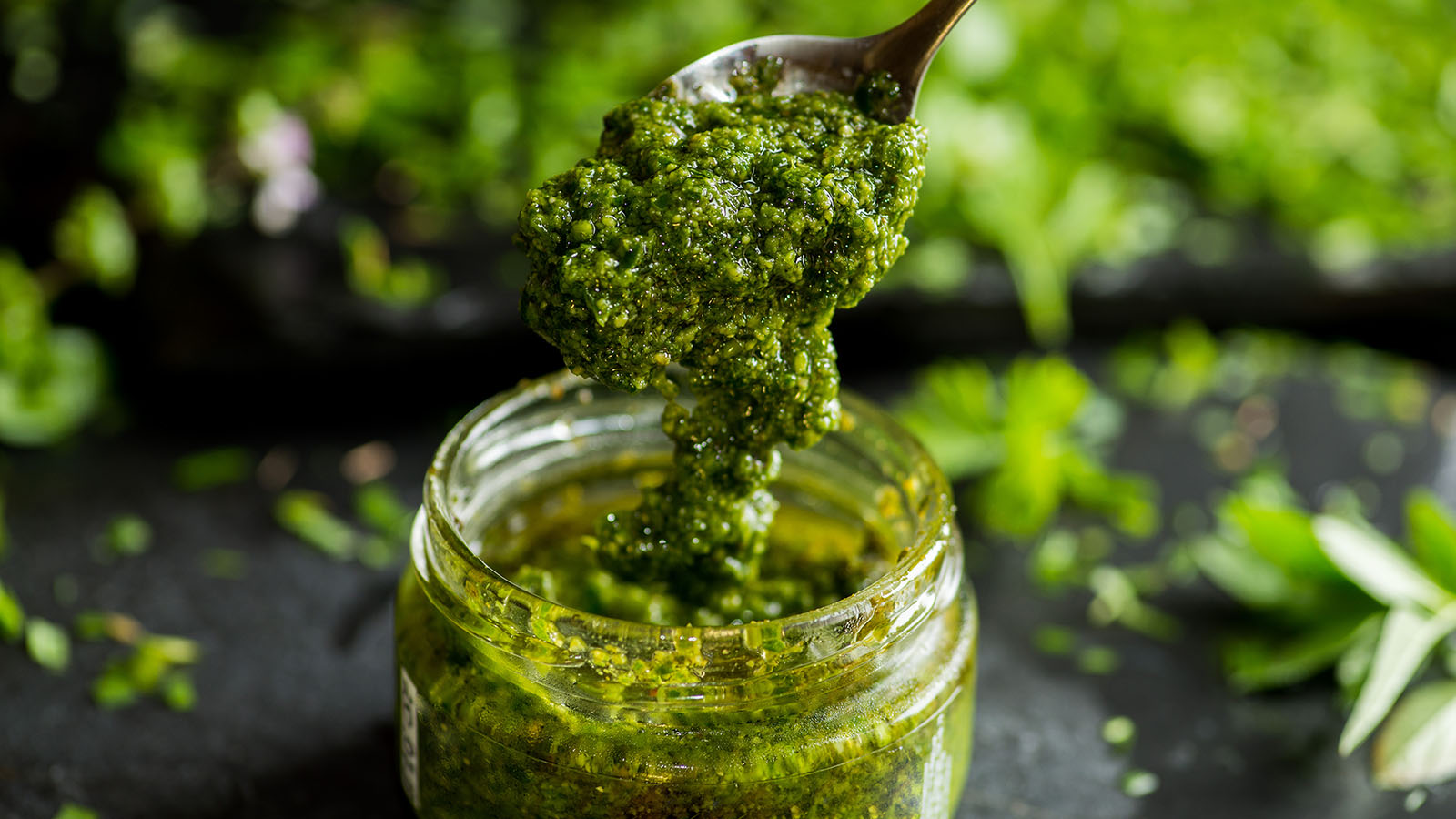
Heart Healthy Recipe: Basil Pesto Pasta With Seared Vegetables
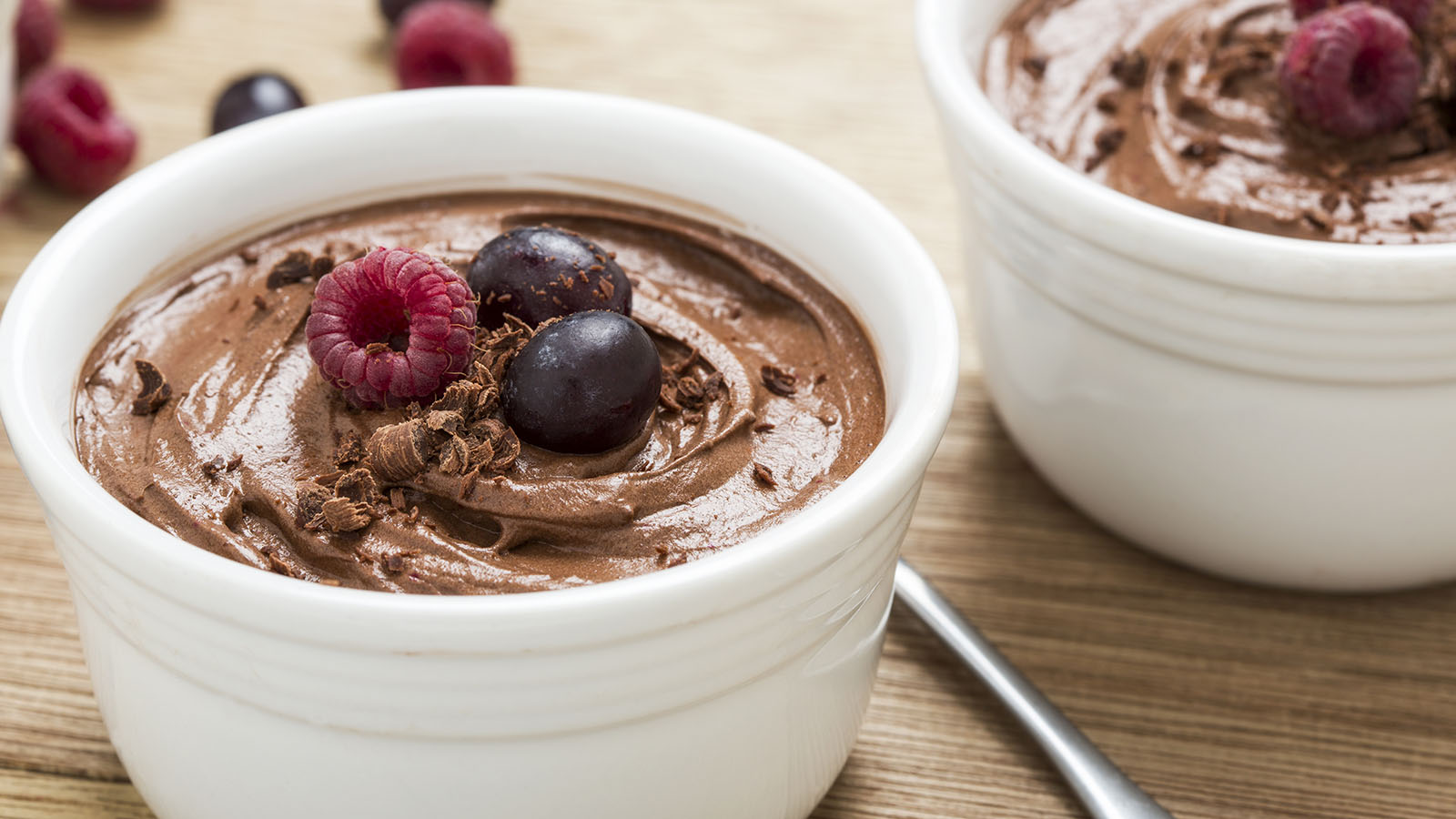
Heart Healthy Recipe Chocolate Avocado Chia Pudding
Keep Your Heart Rhythm in Check With Your Smartwatch
Mind Your Meds for Blood Pressure Risks
Magic Pill for Heart Health? Cut 300 Calories a Day
3 Smart Ways to Boost Your Heart Health
3 Best Exercises For Heart Health
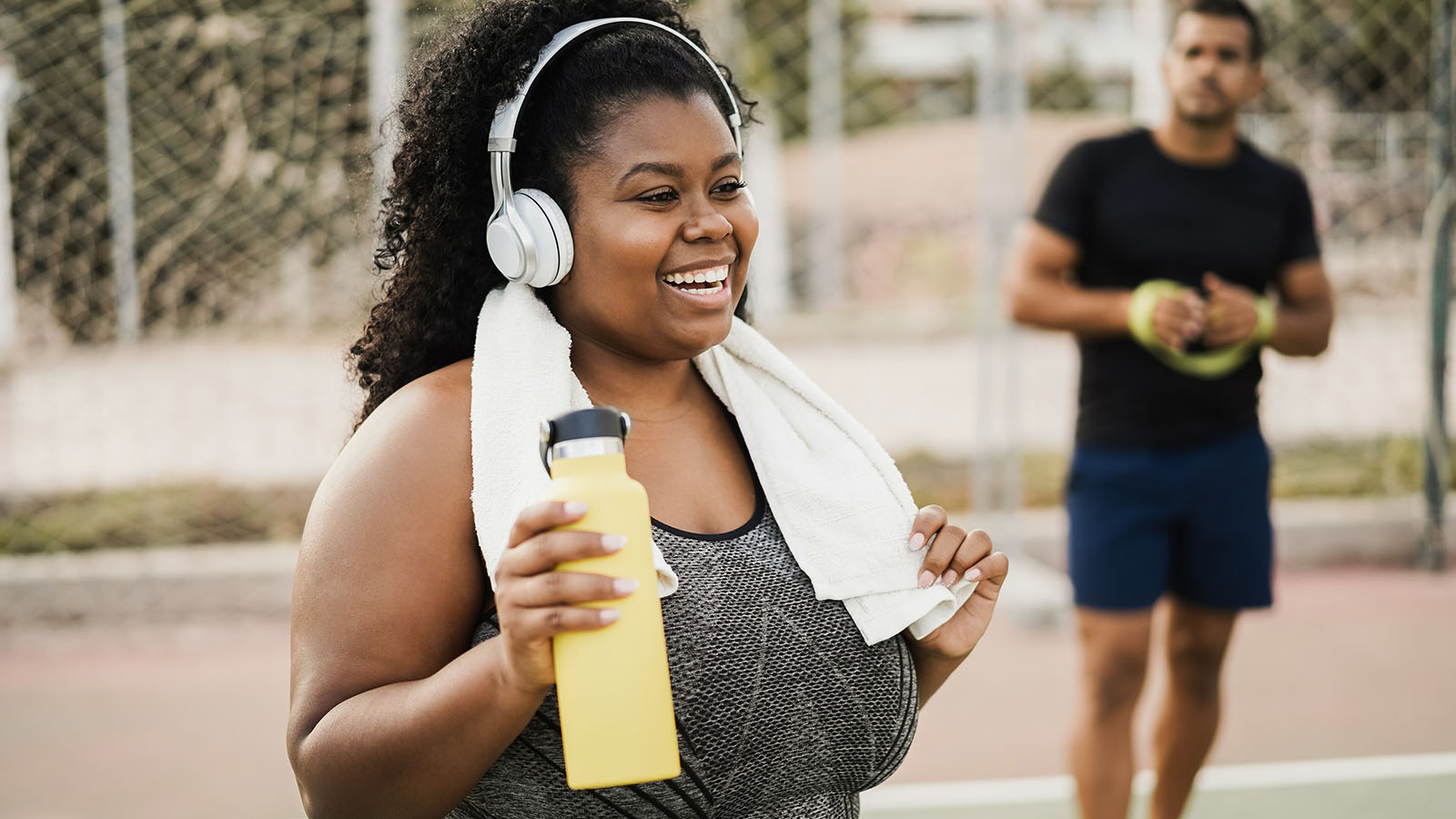
Get Your Heart Pumping With These 25 Workout Songs
Your Chest Pain: Heartburn, Heart Attack, or Something Else?
3 Heart Healthy Recipes to Win Valentines Day
How Work and Home Stress Can Affect You
Why Improving Your Health Is Going To The Dogs And Cats
Why Younger Women Need Start NOW To Safeguard Their Hearts From Heart Attacks
Can You Die of a Broken Heart?
Get to the Bottom of Blood Pressure Numbers
Mitral Valve Surgery Opens Doors for Improved Quality of Life
6 Healthy Habits to Start in Your 20s for Better Lifelong Health
Do You Have a Fatty Heart?
Get Pumped! Assist Devices Can Improve Heart Failure Symptoms
A Cardiologists Advice on Heart-saving Emergency Cardiac Care
Virtua Doctor’s Experience Is a Warning for All About COVID-19 and Strokes
You May Feel Fine, but Gregory Says "Don't Skip Your Medical Care"
In Sickness and in Health: Couples Often Share Heart Disease Risk
"Reduce Your Heart Disease Risk With a Plant-based Diet"
Hybrid Robotic Heart Surgery and Valve Replacement Restores Quality of Life
Can Marijuana Hurt Your Heart Health?
6 Tips for Restoring Your Heart Rhythm
Eat Smart for Your Heart
Cardiac Rehab: Strengthening Your Heart After Leaving the Hospital
Your Heart Needs A Good Nights Sleep
Are You at Risk for AAA—the Silent Killer?
The Cardio Oncology Team Protects Your Heart During Cancer Treatment
Get Relief From Painful Varicose Veins This Summer
Exercise Your Way to a Stronger Heart
Fish Oil: A Good Catch or a Scam?
My Heart Seems to Skip a Beat - Should I Be Worried?
Menu Planning? Try These 5 Heart-smart Substitutions
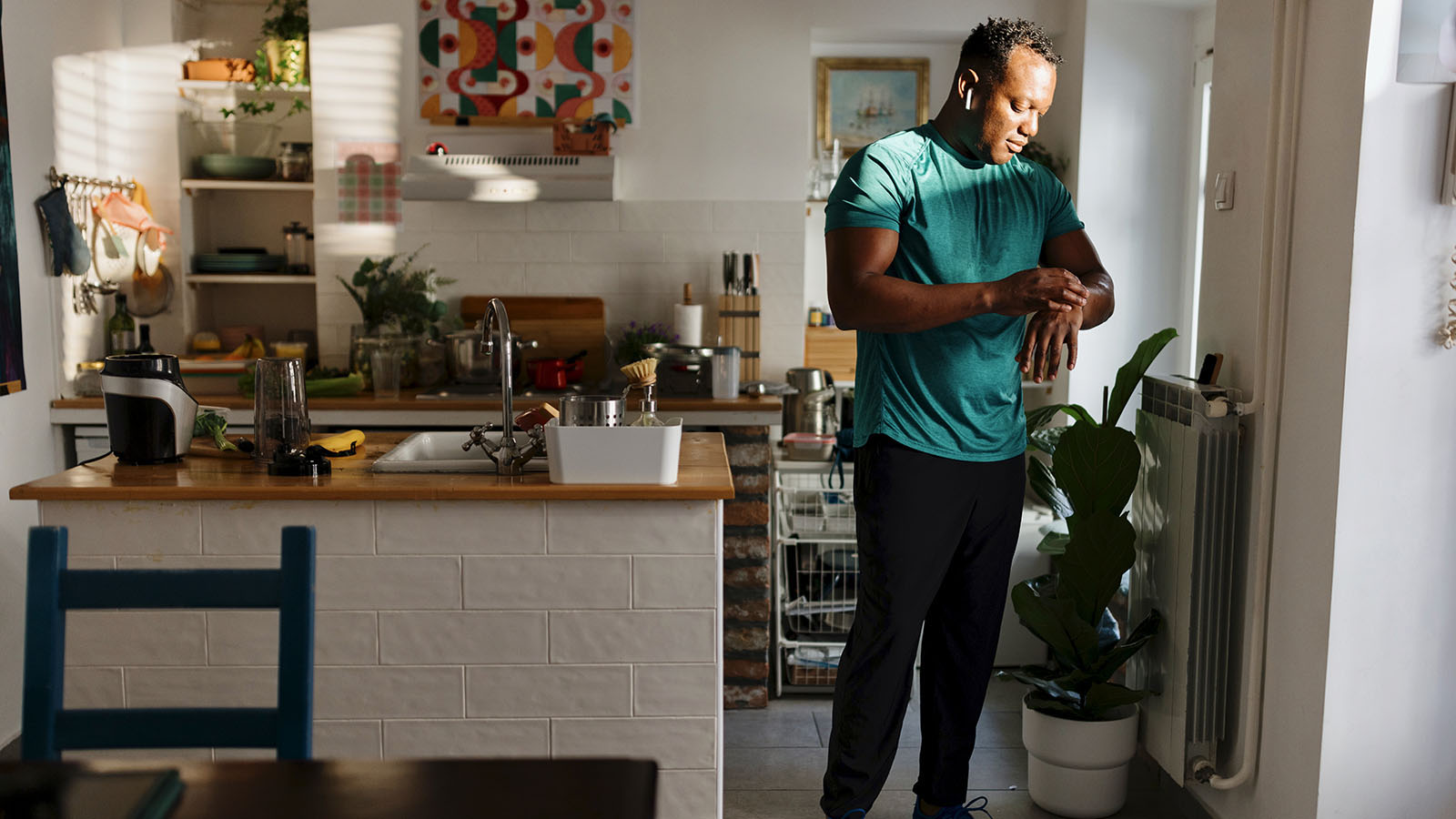
5 Health Risks Tied to Weight
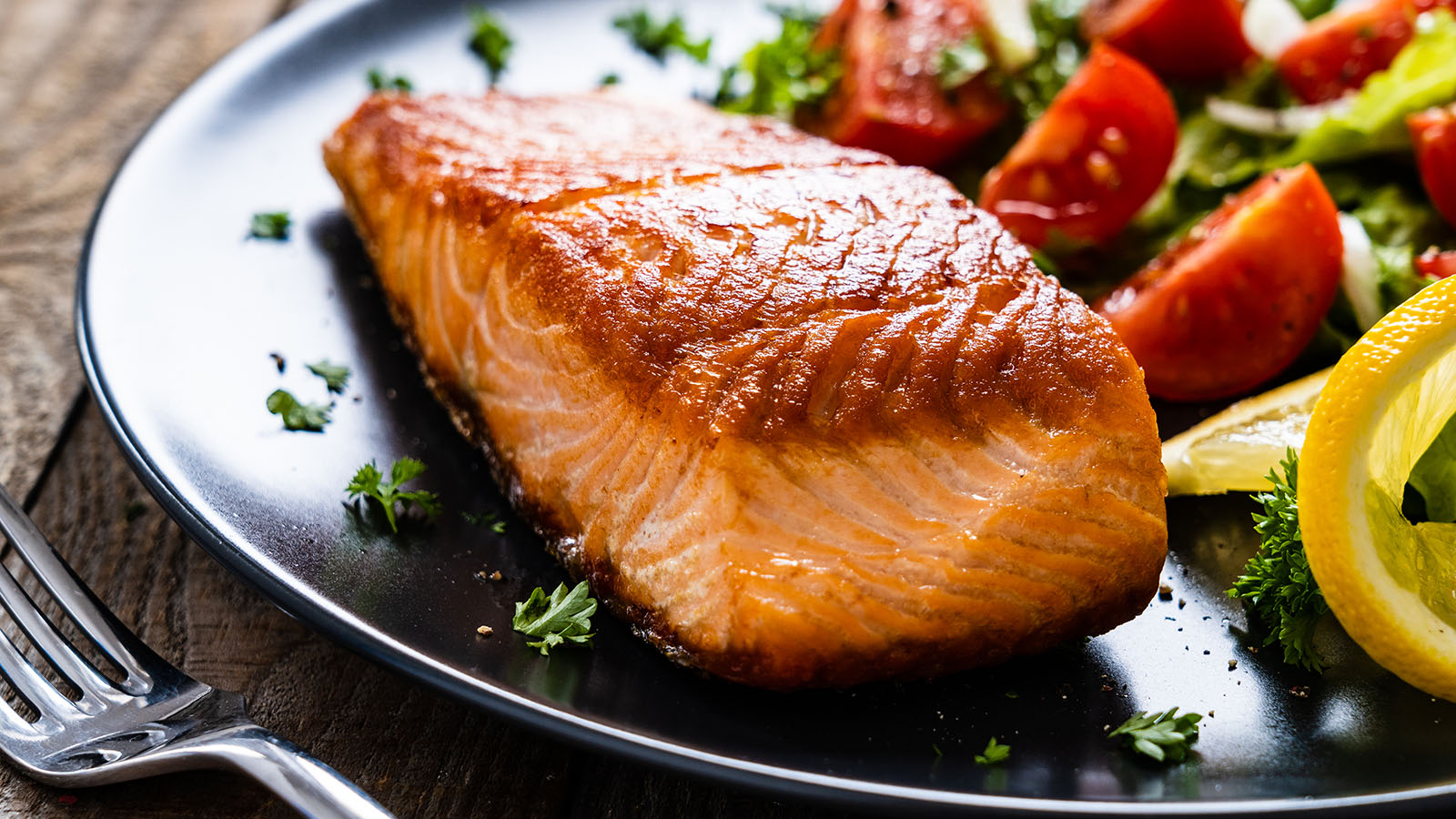
Heart-Healthy Recipe: Maple Orange Salmon With Mango Salsa
Do Not Wait to Get Help When a Stroke or Heart Attack Strikes
4 Reasons Why Heart Patients Should Follow COVID 19 Safety Guidelines
